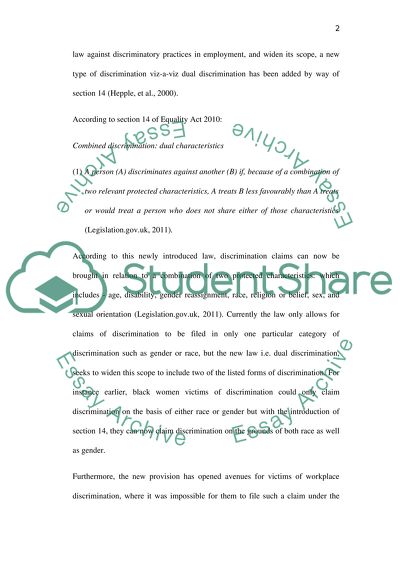Cite this document
(“Business management - labour law Essay Example | Topics and Well Written Essays - 2500 words”, n.d.)
Retrieved from https://studentshare.org/environmental-studies/1404865-business-management-labour-law
Retrieved from https://studentshare.org/environmental-studies/1404865-business-management-labour-law
(Business Management - Labour Law Essay Example | Topics and Well Written Essays - 2500 Words)
https://studentshare.org/environmental-studies/1404865-business-management-labour-law.
https://studentshare.org/environmental-studies/1404865-business-management-labour-law.
“Business Management - Labour Law Essay Example | Topics and Well Written Essays - 2500 Words”, n.d. https://studentshare.org/environmental-studies/1404865-business-management-labour-law.


